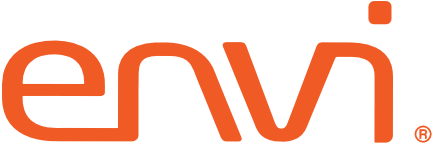IOS continually identifies and shares best practices from our customers to help educate the healthcare community on supply chain automation. Each quarter, we recognize an organization demonstrating exceptional capabilities in supply chain excellence.
Congratulations to Cornerstone Healthcare Group, the winner of the IOS Q4 2018 Best Practice Award. Cornerstone has demonstrated exceptional capabilities in contract utilization, formulary development and management, spend management and inventory reduction, using combined technology and services to drive informed decision-making, improve results and achieve new savings and efficiencies.
The Cornerstone Story
- Long Term Acute Care operates 18 long term acute care hospitals
- Behavioral Health offers a continuum of services focused on older adults and is establishing psychiatric facilities in select regions
- Senior Living owns and operates seven communities in Texas, Arkansas and Tennessee, with plans to grow
Goals
Results
“We implemented Envi almost two years ago,” said Martinez. “We started with a phased roll-out at a single location and have continued expanding locations and capabilities in Envi. At the same time, we moved purchasing
to our GPO, so as we went live, two things happened simultaneously – we implemented a new purchasing platform and a new purchasing process.”
“Our materials managers went from creating and submitting purchase orders to creating order entries in Envi, which our GPO issues as POs,” said Cameron Gummer, Corporate Purchasing Director. “While this has been
a significant shift, we see benefits throughout the organization. Our materials managers get time back in their day. They’re able to be more strategic and spend less time issuing POs, getting confirmations, doing vendor follow-up.”
“We save time with Envi’s scanning capabilities,” said Martinez. “Materials managers used to write down every supply to reorder, then key in each item. Today, using scanners, the reordering process is simply scan, dock and upload – they still do a visual check on unit of measure and quantities – reducing reordering time by 40%.”
“With the insight Envi provides into comparable products, we’ve reduced items and manufacturers, and are moving toward more standardization,” added Gummer. “We’re also benefitting from Envi’s reporting capabilities, which have changed the world we live in. Now we share information at both local and corporate levels, providing detailed information on supplies and costs. Local materials managers can pull data for their facility, which helps them have constructive conversations with their CEOs about how dollars are spent. We use PO History and PO Receipt reports constantly.”
“We have confidence in our data sets,” said Martinez. “I used to get asked “why are we over budget, why are expenses so high?” Now we can pull data and have a high confidence level it’s correct. We have credibility across the organization as a reliable source of information. That wasn’t the case previously.”
“Taking a phased approach has worked well for us,” concluded Martinez. “First we gauged behavioral reactions to see how our end users were doing. We made sure we had buy-in before going further. Then we expanded to see where we could address specific categories of spend, and deactivated some products outside the formulary. Next, we identified off-contract purchasing, which we actively monitor. We review spend, looking at POs against contracts to be sure we’re getting correct pricing. Our combined efforts of implementing new technology and services has resulted in significant savings – we see new efficiencies in our processes.”
Summary of Best Practices
Created system-wide, standardized formulary with continuous review and improvement
Implemented phased roll-out of
new processes and technologies,
with input from end-users to gauge success
Utilized reporting tools based on
accurate data for trusted reporting at corporate and local
levels
Enabled inventory reductions and process improvements through use of Envi Inventory module
Leveraged Envi scanning capabilities to reduce materials managers’ reordering time by 40%
Managed price discrepancies and achieved savings by actively comparing purchase price to contract prices, significantly reducing overcharging and overpayment
